Incarnata Passion Flower Plant Live – Maypop Passiflora – 4-6 Inch Tall Garden Vine
Original price was: $49.99.$28.99Current price is: $28.99.
Add beauty to your garden with a live Incarnata Passion Flower Plant! This Maypop Passiflora Incarnata arrives 4-6 inches tall, ready to climb and bloom. Perfect for attracting pollinators!
Estimated arrival
Nov 21
Nov 26 - Nov 28
Dec 01 - Dec 05
Reasonable Price
We offer reasonable price

Support 24/7
Contact us 24 hrs a day

100% Money Back
You've 30 days to Return

Payment Secure
100% secure payment
Bring the Beauty of Passion Flowers to Your Garden
The Incarnata Passion Flower Plant, also known as Maypop Passiflora Incarnata, is a captivating addition to any garden. This live plant, standing 4 to 6 inches tall, is ready to be planted and flourish in your outdoor space. Known for its intricate and beautiful blooms, the Passion Flower is sure to become a focal point in your garden. Enjoy the vibrant color and unique form of this stunning vine.
This Maypop Passiflora Incarnata is not just visually appealing; it also offers numerous benefits. It attracts pollinators like butterflies and bees, contributing to a healthier and more vibrant garden ecosystem. Furthermore, the plant is relatively easy to care for, making it a great choice for both experienced and novice gardeners. The Incarnata Passion Flower boasts a sweet fragrance that will enhance your garden experience. Growing your own passion flowers provides a sense of accomplishment and connection to nature.
Key Features:
- Beautiful Blooms: Enjoy the unique and intricate flowers of the Passiflora Incarnata.
- Attracts Pollinators: Encourages bees and butterflies to visit your garden.
- Easy to Grow: Suitable for gardeners of all experience levels.
- Sweet Fragrance: Adds a delightful scent to your outdoor space.
- Live Plant: Arrives healthy and ready to be planted.
Frequently Asked Questions:
- How big will this Incarnata Passion Flower Plant get? The Maypop Passiflora Incarnata vine can grow to be 6-12 feet long, depending on the growing conditions and support provided.
- What kind of soil does it need? This plant thrives in well-draining soil. A loamy soil mix is ideal.
- How much sunlight does it need? The Passion Flower prefers full sun to partial shade. At least 6 hours of sunlight per day is recommended for optimal flowering.
- When is the best time to plant it? The best time to plant your Incarnata Passion Flower is in the spring or early summer after the last frost.
- Is this plant cold hardy? Yes, the Maypop Passiflora Incarnata is relatively cold-hardy and can survive in USDA zones 5-9. However, providing some protection during harsh winters is recommended, especially for young plants.
Be the first to review “Incarnata Passion Flower Plant Live – Maypop Passiflora – 4-6 Inch Tall Garden Vine”



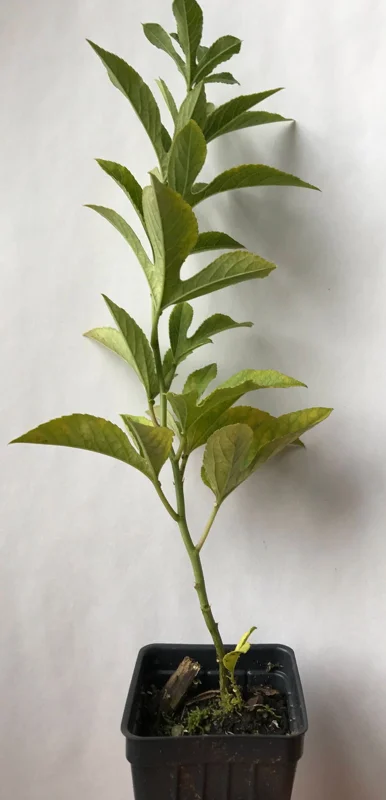
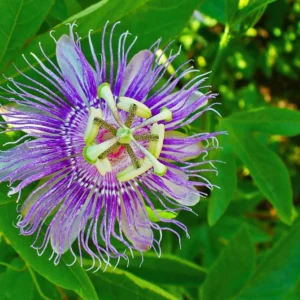
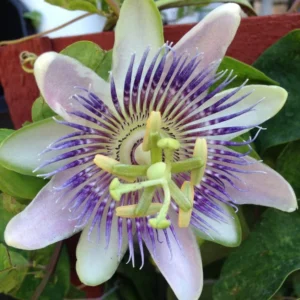


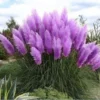




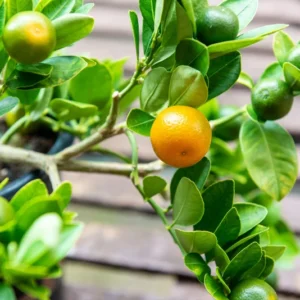
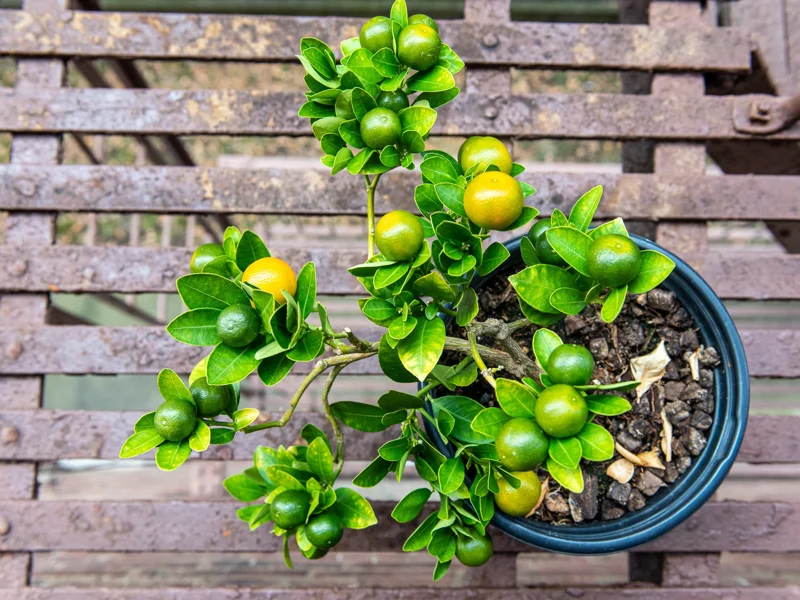
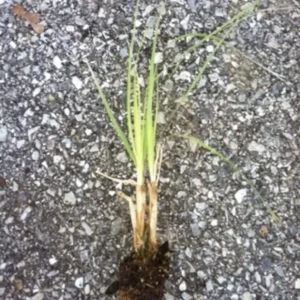
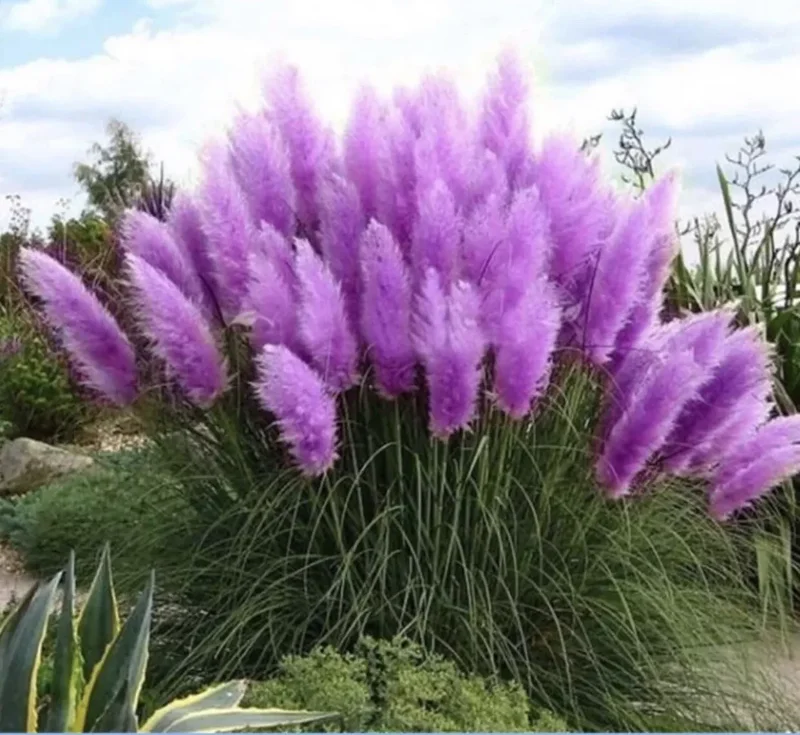



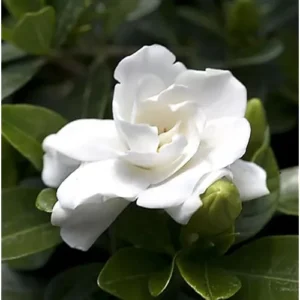
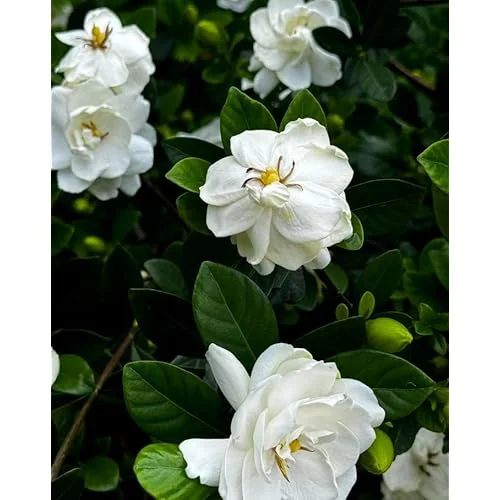

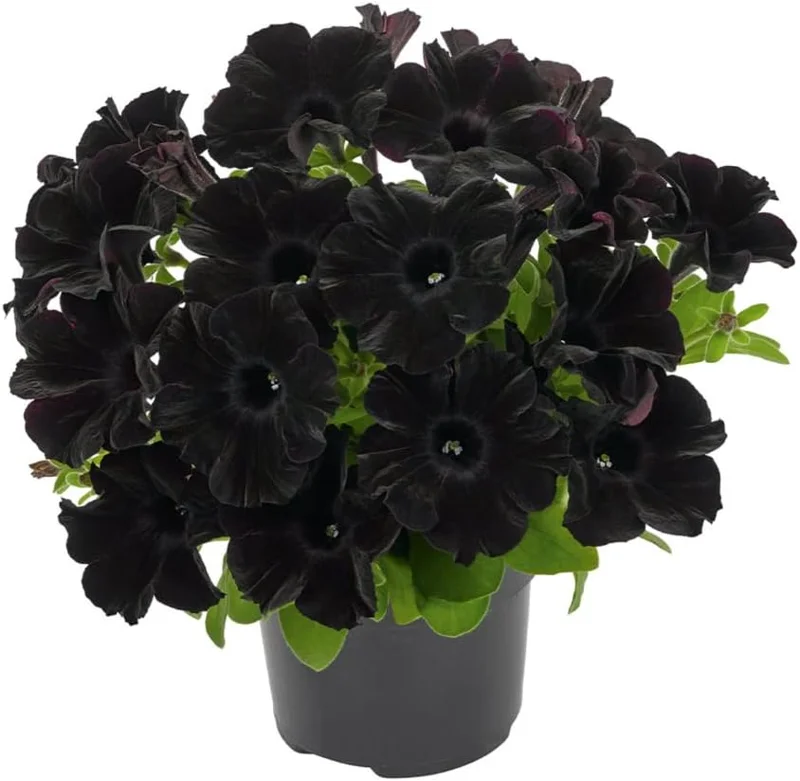
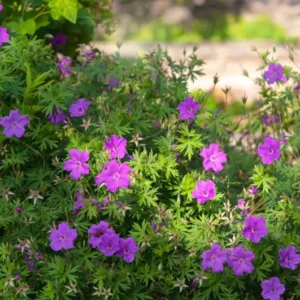



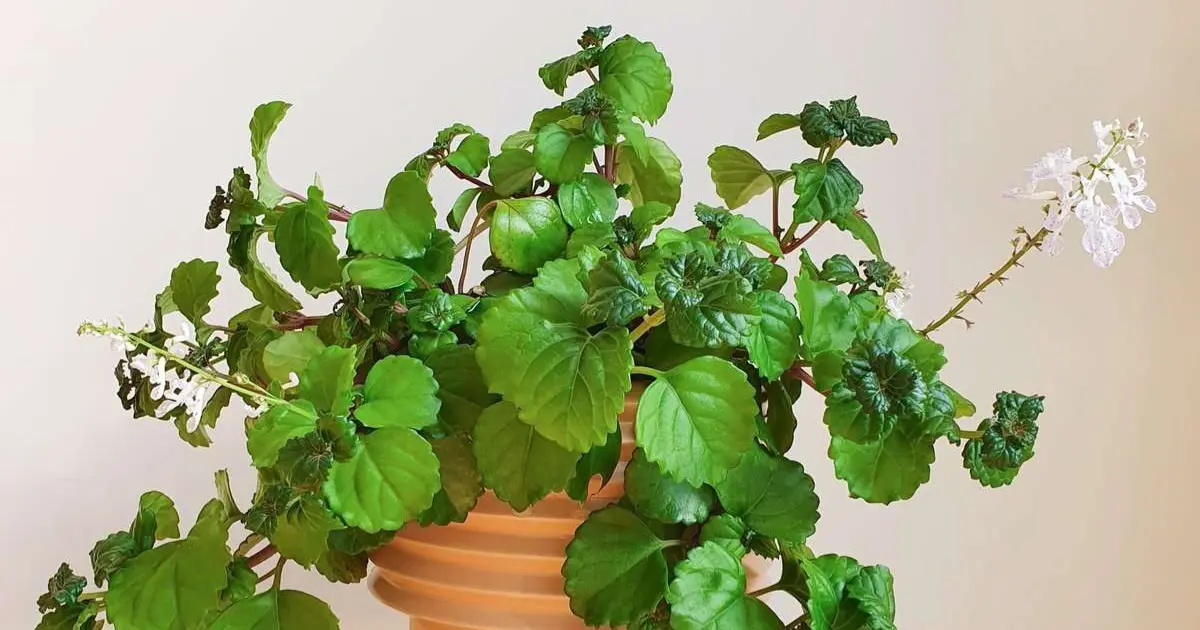
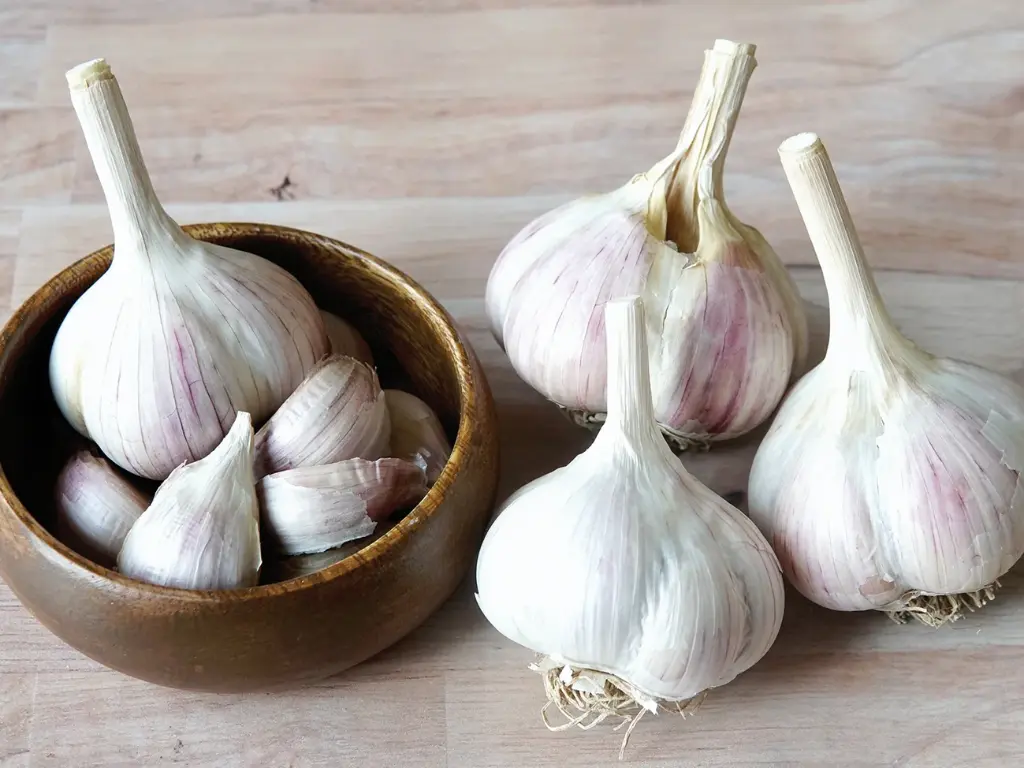
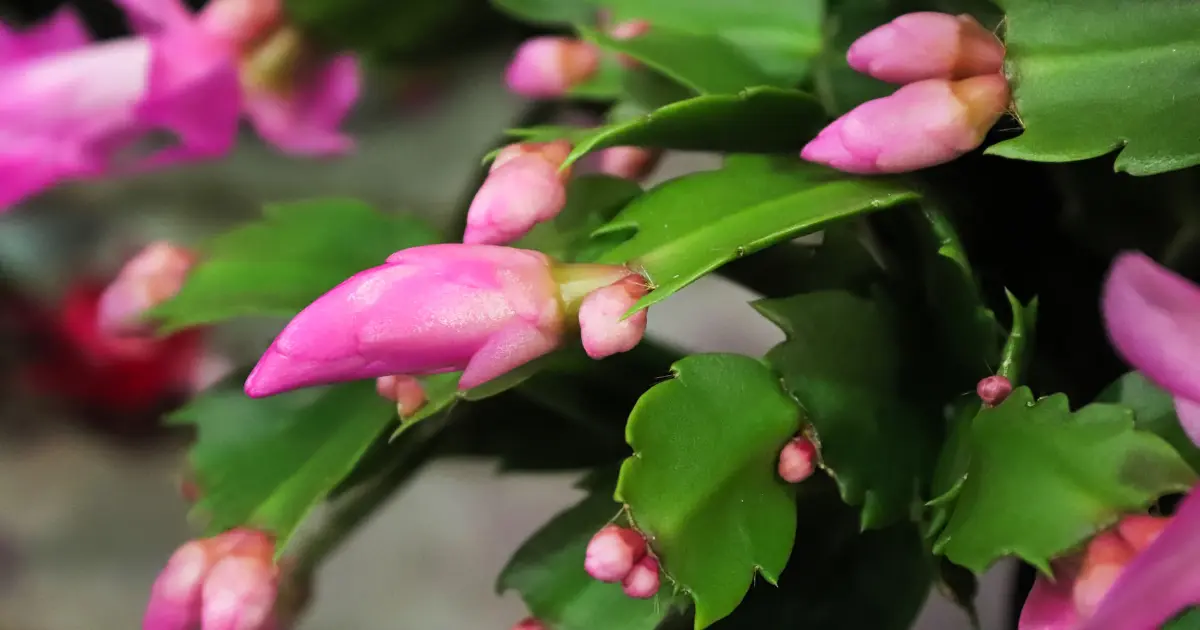
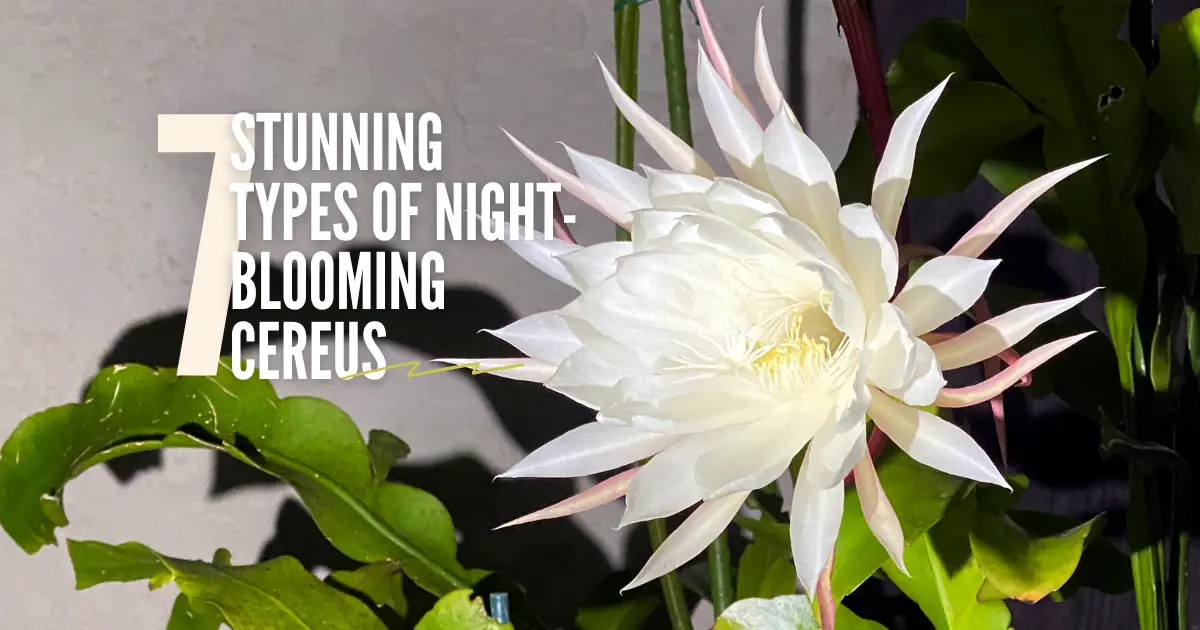



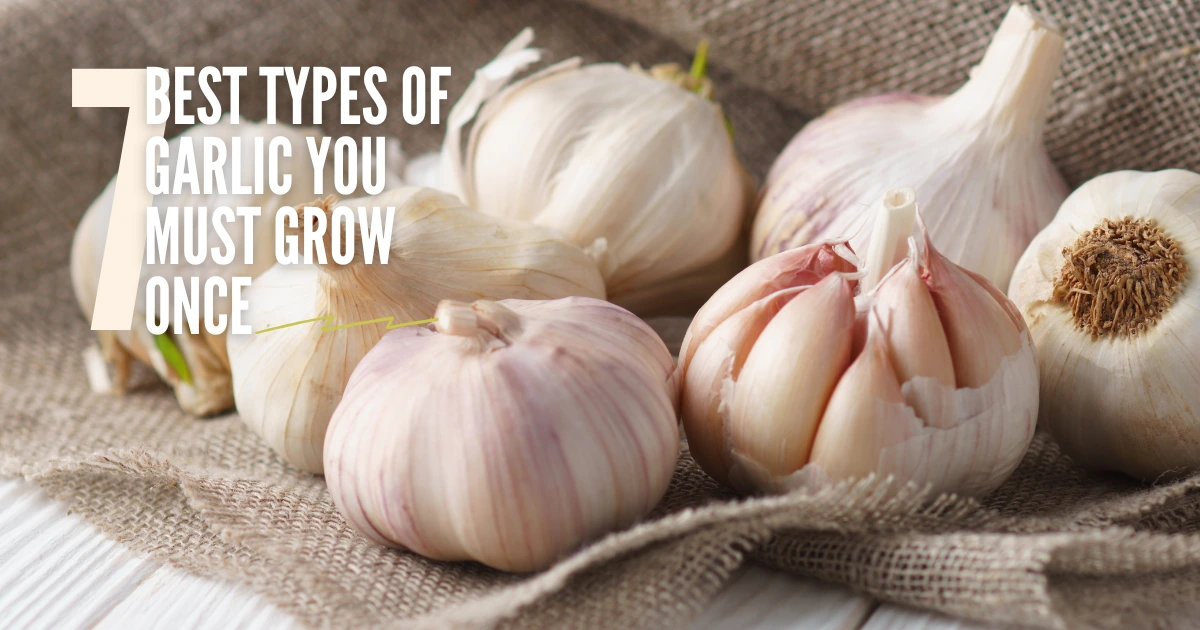
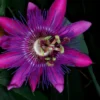
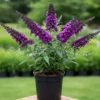
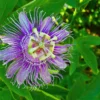
Reviews
There are no reviews yet.